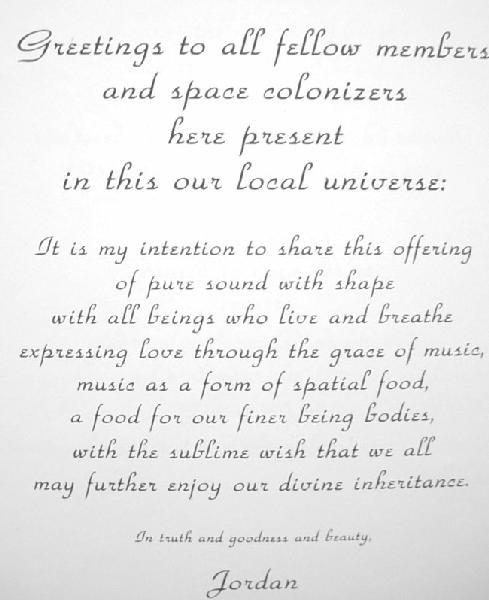Matthew Montfort coined the term “world fusion music” to describe the music that he and the rest of the group Ancient Future sought to create. I found this album and had to grab it because I had never heard of the label Narada but it reminded me of Windham Hill so I figured I’d give it a shot only to find that Narada was actually started in nearby Milwaukee.
This track is enough to make you want to drop everything, put on a peasant shirt, and start learning about crystal healing (or maybe that’s just me). Montfort provides the guitar solo in the middle section that made me want to share this song, and I suppose I shouldn’t be surprised that I like it considering Montfort’s interest in Indian music stems from a friend introducing him to a record from the Diga Rhythm Band, which was a collaboration between a number of Indian musicians and Americans, including Mickey Hart and Jerry Garcia of the Grateful Dead. The relationship was more than just one of influence, as the Ancient Future website lays out:
In the summer of 1977 [Benjy] Wertheimer and Montfort came to San Rafael to study North Indian classical music at the Ali Akbar College of Music. There they met the members of the Diga Rhythm Band, moved into the house that the group rehearsed in, and formed an offshoot called Greenhouse Intergalactic, which included Diga Rhythm Band members Tor Dietrichson (who later signed with Global Pacific Records), Jim Loveless, Ray Spiegel, and Arshad Syed (who joined Ancient Future’s touring lineup in 1993). Greenhouse Intergalactic rehearsed at the Grateful Dead studio and performed a number of concerts before splitting up into two groups: a Latin band called Sun Orchestra, and the world fusion music group Ancient Future.
So, Ancient Future can be thought of as an offshoot of an offshoot of an offshoot of the Grateful Dead
As a side note, I highly recommend poking around the group’s website, as it is a relic of a kind of web design that is all-to-rare now that every website wants to slip and slide you all over to various embedded videos instead of just using text and hyperlinks as God intended.
This song also features guitarist Alex De Grassi, whose son William Ackerman founded Windham Hill Records. Fans of this kind of music should check out this excellent piece by William Tyler on Windham Hill and its lasting influence on contemporary artists.
There’s another overlap with music covered elsewhere on this blog: Mindy Klein. Though she had left the group by the time this album was released, she appears on previous Ancient Future releases and has gone on to become a Fullbright Scholar of Balinese and Gamelan music (discussed in this post).
At a previous job I would usually ride the bus with a guy who was always wearing peasant shirts and reading about crystals and pyramid power. Other people would ridicule him and I’ll admit I thought he was goofy, but thinking back he looked a thousand times more serene than any of the other people listening to podcasts or staring into their phones. I’ll close this post by sharing a music video for an excerpt of one of my albums (full version here) that fans of this kind of New Age-y stuff might also enjoy:



